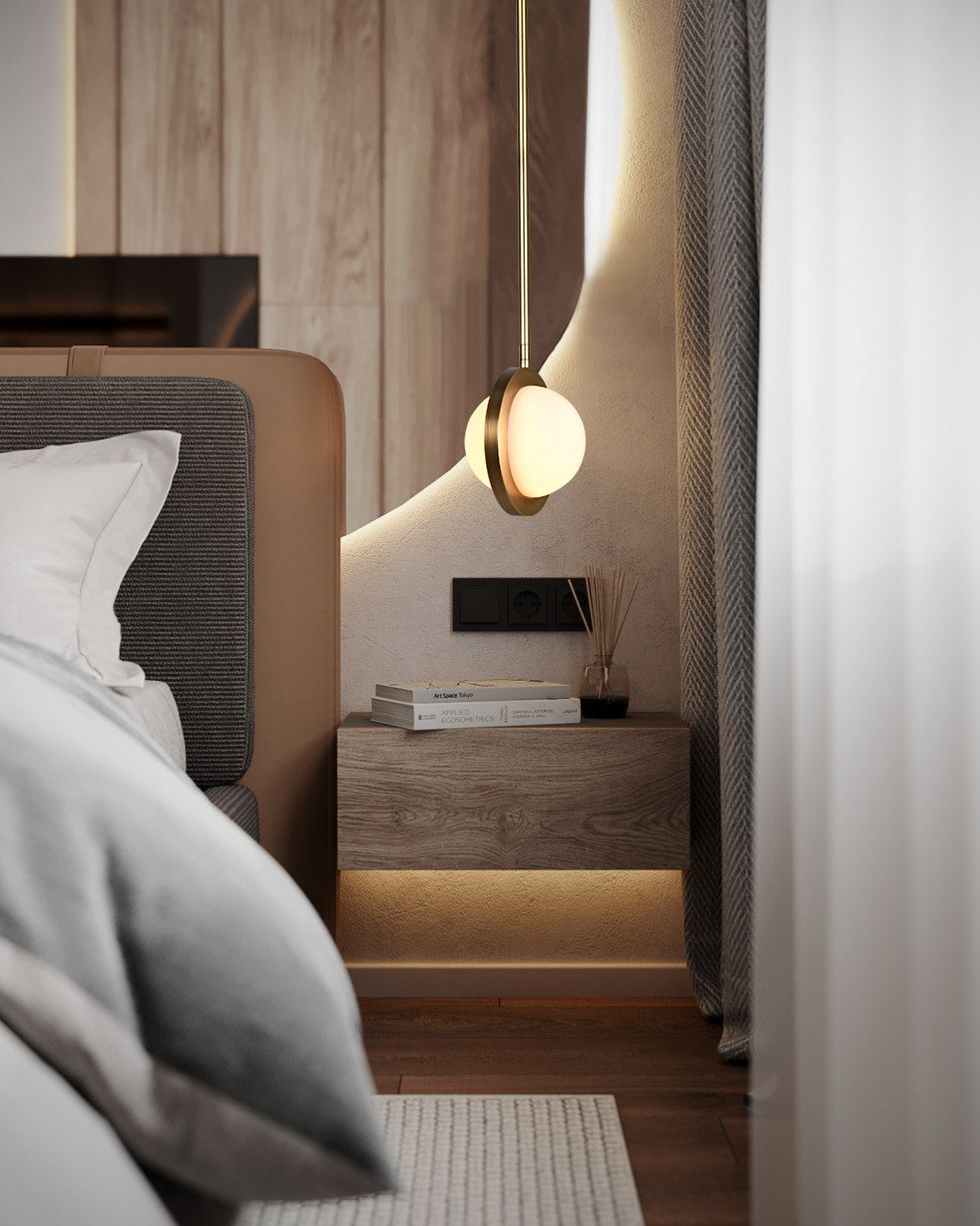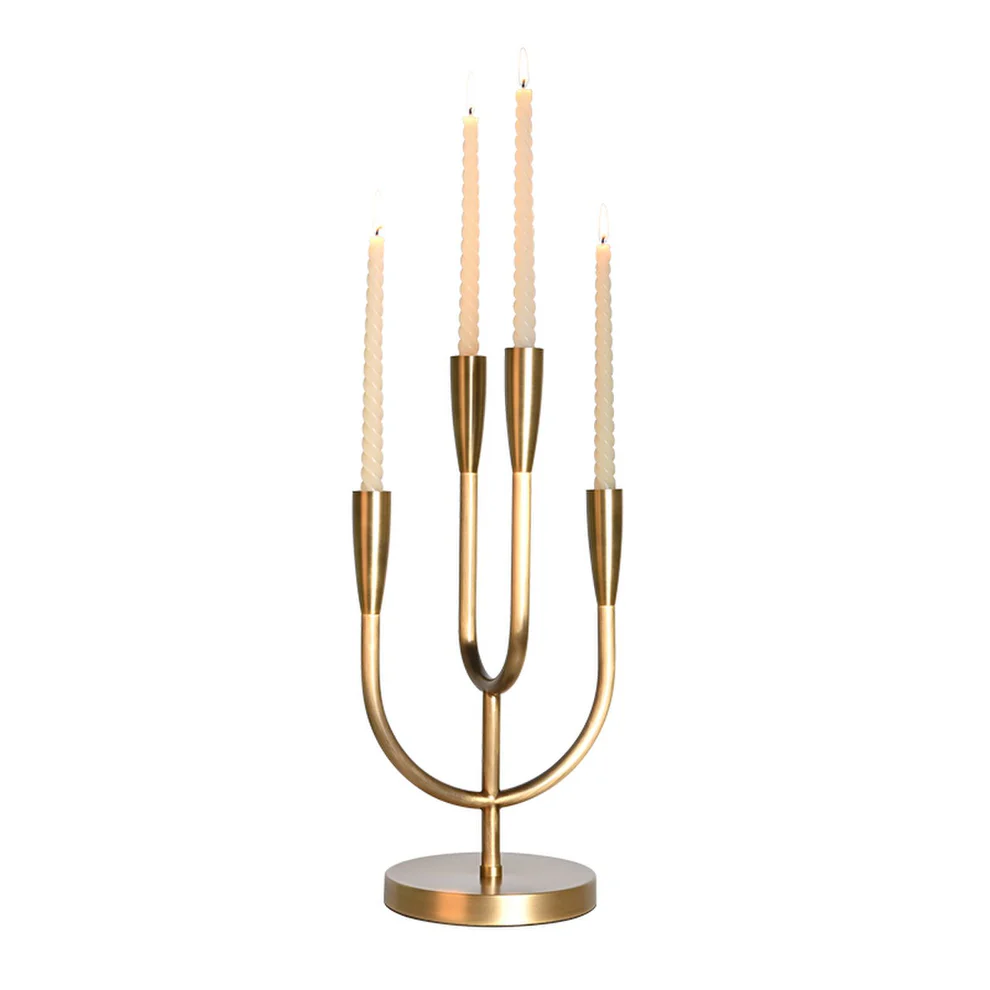Unlock the Brilliance of Motion Sensor Lights: A Comprehensive Guide
Unlock the Brilliance of Motion Sensor Lights: A Comprehensive Guide
Introduction to Motion Sensor Lights
Have you ever walked into a dark room and fumbled for the light switch? Motion sensor lights are here to eliminate that inconvenience. These innovative lighting solutions activate automatically when they detect motion, making them an excellent choice for both indoor and outdoor spaces. In this article, we will explore the various benefits, suitable applications, types, and key considerations when selecting motion sensor lights.
Understanding Motion Sensor Technology
At the heart of motion sensor lights is the technology that allows them to detect movement. Most commonly, motion sensors use infrared technology. When a person or object enters the sensor's range, the infrared heat emitted by the body is detected, triggering the light. There are three primary types of motion sensors:
- Passive Infrared (PIR): These sensors detect body heat and are suitable for indoor and outdoor use.
- Microwave Sensors: These emit microwaves and can detect motion within a larger area than PIR sensors. They are ideal for outdoor settings.
- Dual Tech Sensors: Combining PIR and microwave technologies, these sensors provide heightened accuracy and reduce false triggers.
Benefits of Motion Sensor Lights
Motion sensor lights offer a plethora of advantages, making them a popular choice among homeowners and businesses alike:
| Benefit | Description |
| Energy Efficiency | Automatically turn off when no motion is detected, saving on electricity bills. |
| Enhanced Security | Deter potential intruders with sudden illumination upon movement detection. |
| Convenience | No need to find a switch in the dark, providing instant illumination. |
| Versatility | Suitable for various applications, from garages to gardens. |
| Longevity | Often used with LED bulbs, which have a longer lifespan than traditional bulbs. |
Applications of Motion Sensor Lights
Motion sensor lights can be utilized in numerous locations for varied purposes:
1. Outdoor lighting
Perfect for illuminating driveways, pathways, and gardens, outdoor motion sensor lights enhance home security. Their automatic operation provides light only when needed, deterring burglars while conserving energy.
2. Indoor Lighting
In areas such as basements, garages, or hallways, motion sensor lights provide convenience and safety. You won’t have to fumble in the dark when entering or exiting these spaces.
3. Floodlights for Security
High-intensity motion sensor floodlights can cover larger areas. They are commonly used for security purposes, lighting up dark corners to discourage intruders.

Factors to Consider When Choosing Motion Sensor Lights
1. Detection Range
The range at which a motion sensor can detect movement varies. For outdoor areas, a longer range is preferable, while shorter detection ranges may be sufficient for indoor settings.
2. Sensitivity Settings
Look for lights that offer adjustable sensitivity levels. This feature allows you to customize how sensitive the sensor is, minimizing false triggers like those caused by pets or passing cars.
3. Power Source
Motion sensor lights can be battery-operated, hardwired, or solar-powered. Battery-operated lights are convenient but require regular battery replacements. Hardwired options offer consistent power, while solar-powered lights provide energy efficiency.
4. Weather Resistance
If you're planning to install motion sensor lights outside, ensure they are weather-resistant. Look for lights rated with an IP67 standard or higher for optimal performance in various environmental conditions.
Installation Tips
Installing motion sensor lights can be straightforward, but certain guidelines can ensure they work effectively:
1. Choose the Right Location
Install the sensor at a point where it can cover the desired area without obstructions.
2. Height Matters
Mount outdoor sensors at a height of 6 to 8 feet to optimize detection.
3. Avoid Heat Sources
Keep sensors away from heat sources like air conditioning units or heat vents to reduce false triggers.
Conclusion
Motion sensor lights offer a unique blend of convenience, security, and energy efficiency. Whether you need Outdoor lighting for your garden or interior illumination for your garage, these lights can provide solutions that adapt to your lifestyle. Consider the various factors highlighted above to choose the best motion sensor lights that suit your needs. As technology advances, the efficiency and capabilities of motion sensor lights will only improve, making them a smart investment for any property. Remember to consider potential site-specific factors that might influence the selection of motion sensor lights, such as local wildlife or environmental conditions. After all, a well-lit area not only deters crime but also enhances the beauty of your property.
